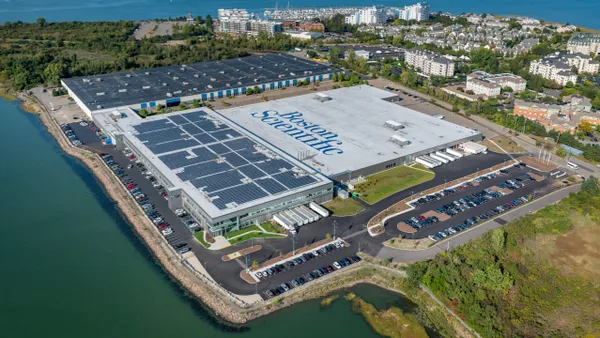After more than two months of delays, the Food and Drug Administration and the medtech industry finally hammered out a new agreement that will determine the FDA's priorities for the next five years, and how much it can collect from medical device companies in fees to fund its efforts.
The Medical Device User Fee Amendments (MDUFA V) went to Congress at the end of March, and lawmakers must finalize the deal before Sept. 30, when the current version expires.
It's not clear what sticking points held up the deal, though Jeffrey Shuren, director of the FDA's Center for Devices and Radiological Health, hinted at some differences of opinion between medical device companies.
"The medical device industry is very heterogeneous and it has very diverse opinions. That can take time to work through," Shuren said in a March 30 hearing before the House Subcommittee on Health.
The agreement sets out $1.78 billion in funding between 2023 and 2027 for the FDA. If it meets certain performance goals, including hiring targets, the agency could see up to $1.9 billion.
The House recently passed its version of the bill, and the Senate is working on its version, which includes a significant addition that would expand regulation of cosmetics, supplements and in vitro diagnostics.
Below is a collection of articles following the MDUFA V process so far. The collection will be updated in the future.











